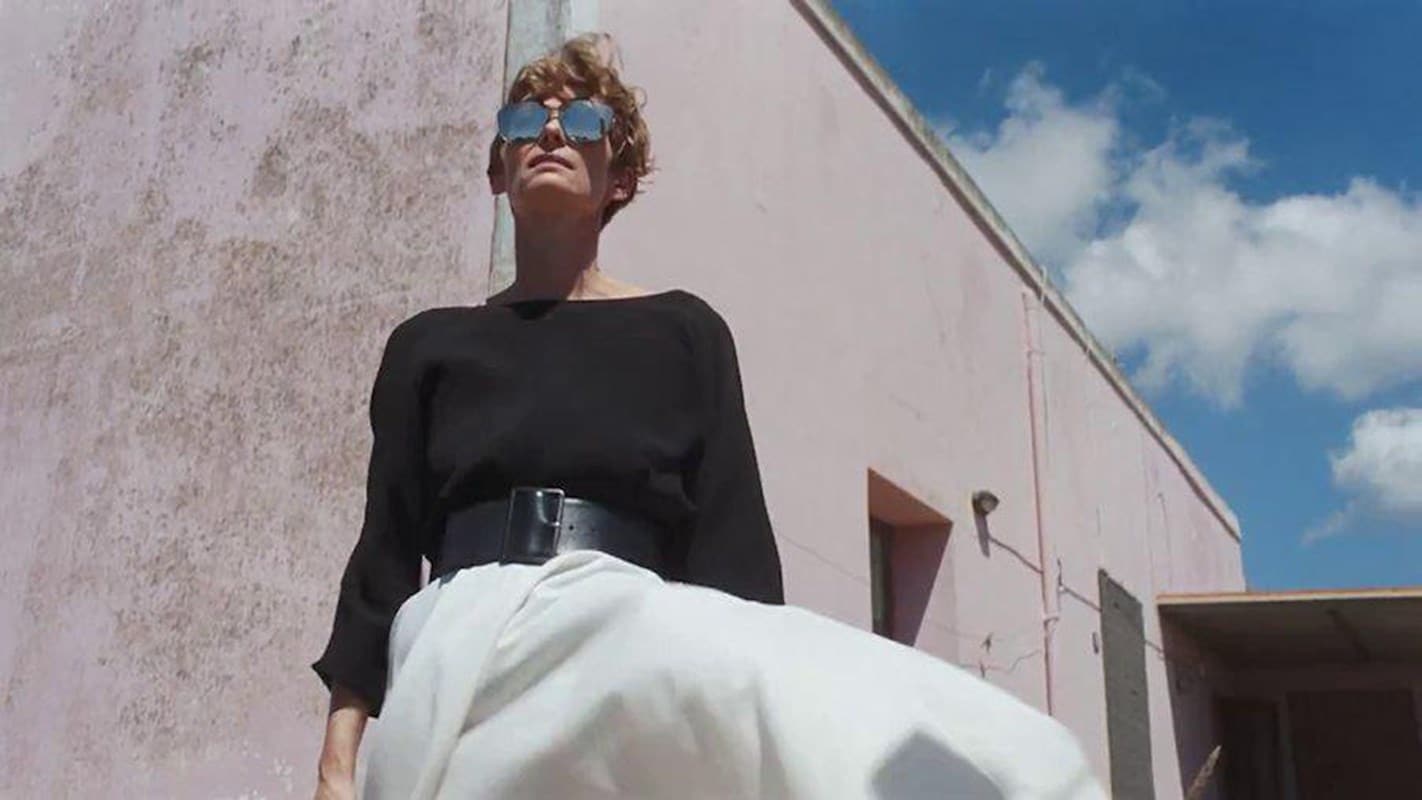Palermo-born auteur Luca Guadagnino’s 2009 feature, I Am Love, was a lavish melodrama that traced the operatic downfall of a powerful Milanese dynasty and starred his frequent collaborator, Tilda Swinton, with sumptuously elegant costumes by Raf Simons for Jil Sander. Simons reflected the pendulum mood swings of the film with a sort of delicate fetishism; Swinton’s character falls in love in scarlet, and when tragedy strikes, an ash-grey dress darkens with the mood. Both Swinton and Simons return for Guadagnino’s new film, A Bigger Splash, set in the languid haze of high summer on a rocky Mediterranean island. Swinton is Marianne Lane, a rock star whose holiday is crashed by her former producer and boyfriend (Ralph Fiennes), and his teenage daughter (Dakota Johnson). Ostensibly a remake of Jacques Deray’s glamorous 1969 drama La Piscine (which starred celluloid couple of the moment Alain Delon and Romy Schneider), Guadagnino plunges his equally beautiful characters into more tumultuous waters. Simons, now at Dior, again created Swinton’s exquisite wardrobe, mining classic film history with a hint of subversion. Here the Italian director shares a scrapbook of references that helped inform the creation of his intoxicating, sun-soaked mystery, which premiered at the Venice Film Festival in September.
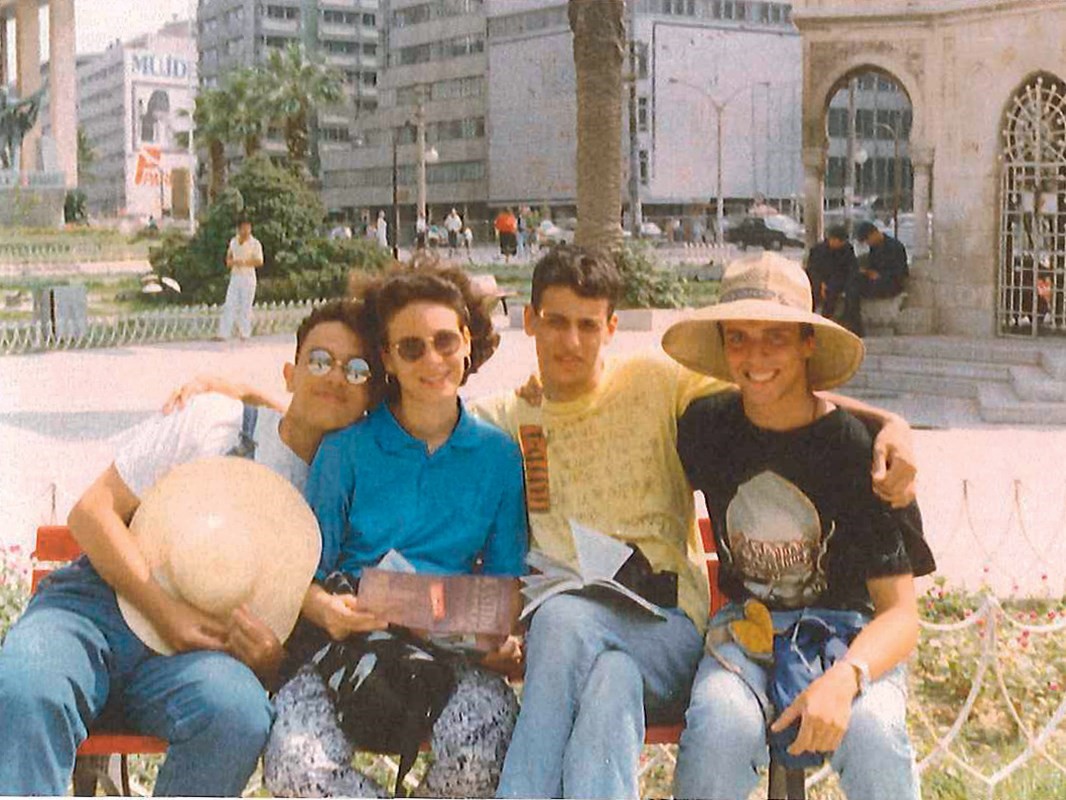
Pantelleria
“Pantelleria is a strange, unsettling place. It’s a volcanic island off Sicily, and it’s rough, hot, windy and sunny. There’s a strong energy that comes off the volcano, which gives the island a distinctive atmosphere. When I began imagining a story about four people on holiday, trying to find a way to come back to each other, I wanted their inner souls to be reflected in the landscape of Pantelleria. I was 15 when I went there for the first time with a bunch of friends. It was our first glimpse of freedom, our first holiday without parents. We explored each and every personal identity – who wanted who, and how. I’m incredibly inspired by the goofy edginess of teenagers and young people. This moment of growing up – a rite of passage that happens to everyone – happened for me in Pantelleria. I remember how scared we were by the wind – it howled through the valley where we had our house. That holiday was a moment of transformation in my life that led me to become who I am. I didn’t really know what to do with my sexuality back then. But I was already a director; I had started making little Super 8 films – not very good ones – but I remember dreaming of films I wanted to make that summer: a version of Buddenbrooks by Thomas Mann, a dream I still have; and a remake of the great Dario Argento film, Suspiria – and now, I’m doing it. In time, things get accomplished.”
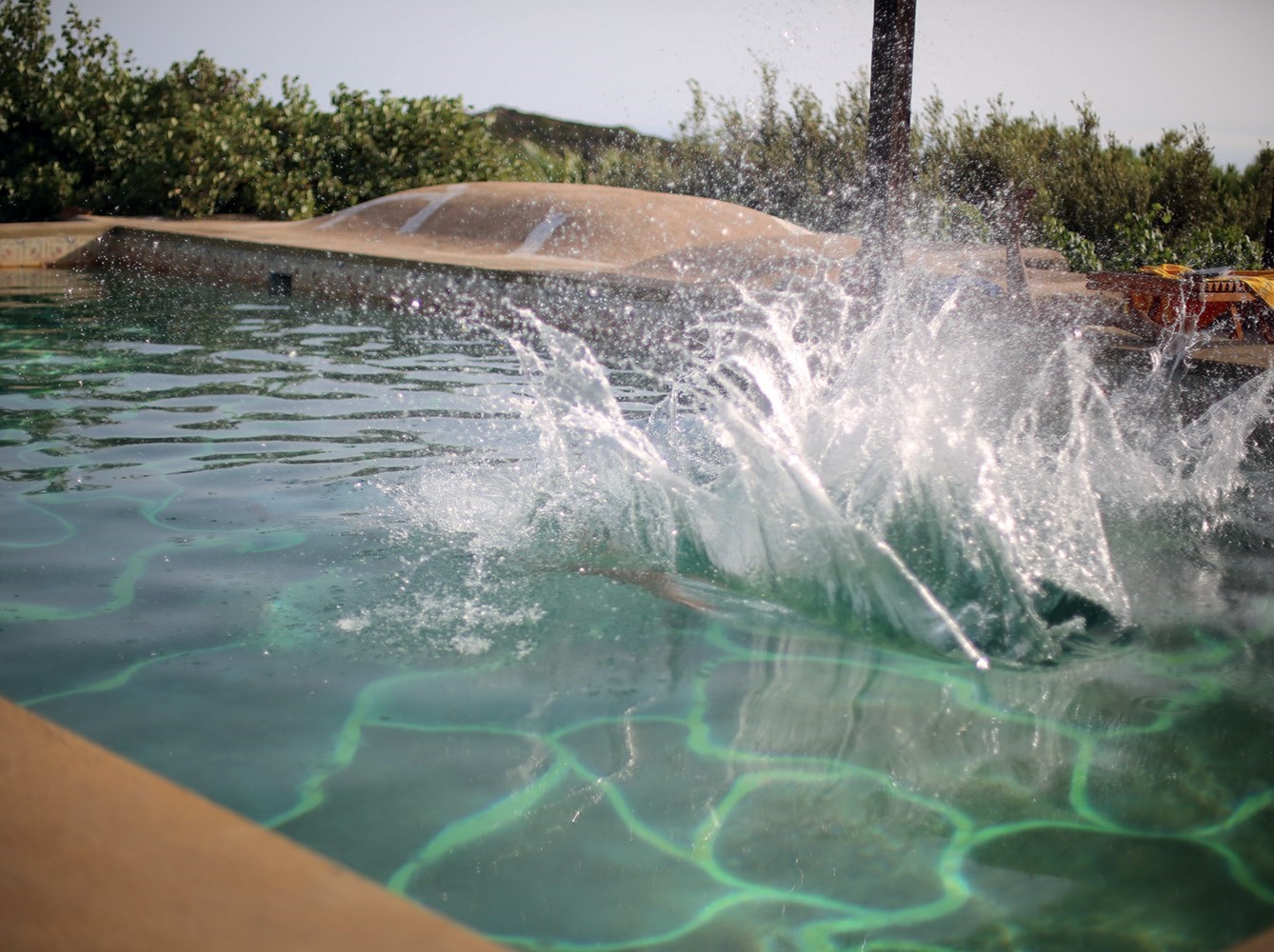
David Hockney's A Bigger Splash
“With his painting, A Bigger Splash, Hockney created this incredible mystery: the mystery of desire, the mystery of sexuality, the metaphor of this broken surface under which you don’t know what’s looming. There’s a phantom in the painting. What happens after the human presence is gone? And gone for how long? With his other pool paintings there are also these mysterious figures in the water. Grounded in that is Hockney’s own desire – his sexuality, the Californian Eden he was living in at the time, this paradise that in a way is impossible to reach. When I was thinking of the basic concepts behind the film – regret, love lost, jealousy – it was the subversive qualities of Hockney in the 60s that came to mind. With the splash itself, there’s this moment of fracture in reality; you don’t know what came before or what’s going to happen next. It’s a lot to do with the kinetic energy that comes from the sexual act. That’s what I wanted in my movie. So I felt it was important that the film title was the title of this major masterpiece from this master artist, Hockney.”
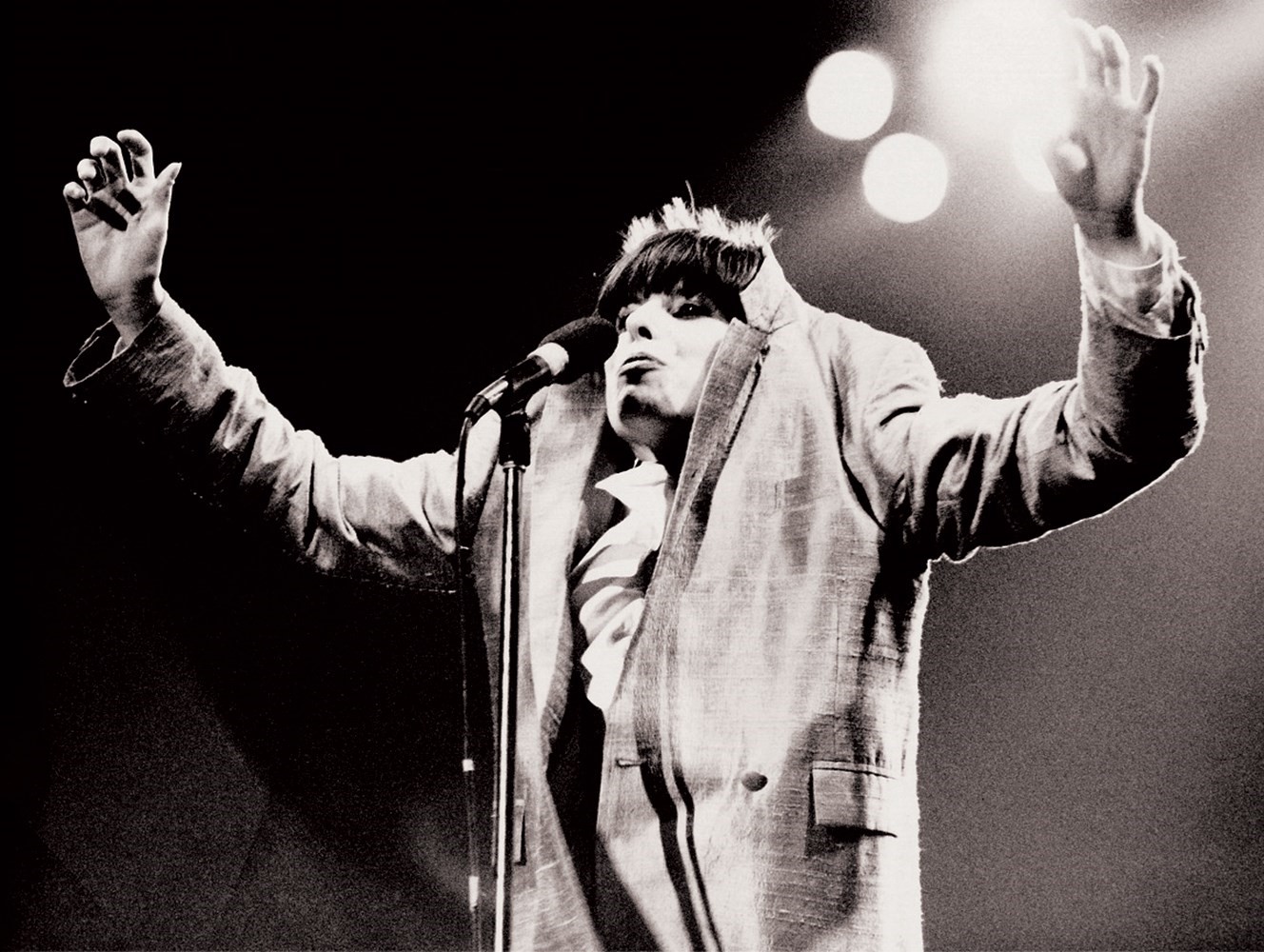
Chrissie Hynde
“Chrissie Hynde was a good, strong reference for Tilda’s character, Marianne Lane. I like that late-70s, early-80s moment in rock. There’s one clip of Chrissie addressing the audience in Germany, in about 1981, and being really nasty towards them. We shot Tilda as Marianne Lane doing the same thing for the film. In the clip, Chrissie is being very aggressive, saying ‘Fuck off’ to the audience, and I love that. I think you should never be forced to be nice as an artist. An artist has to be uncomfortable in a way. Narcissistic and uncomfortable. I come from a petit bourgeois family, and I’ve always been drawn to artists and people who choose their own way of life, instead of being chosen by the lives that people want for them. Marianne Lane’s character comes from this love I have for peculiar people who are not made from a mould, for people who are individual.”
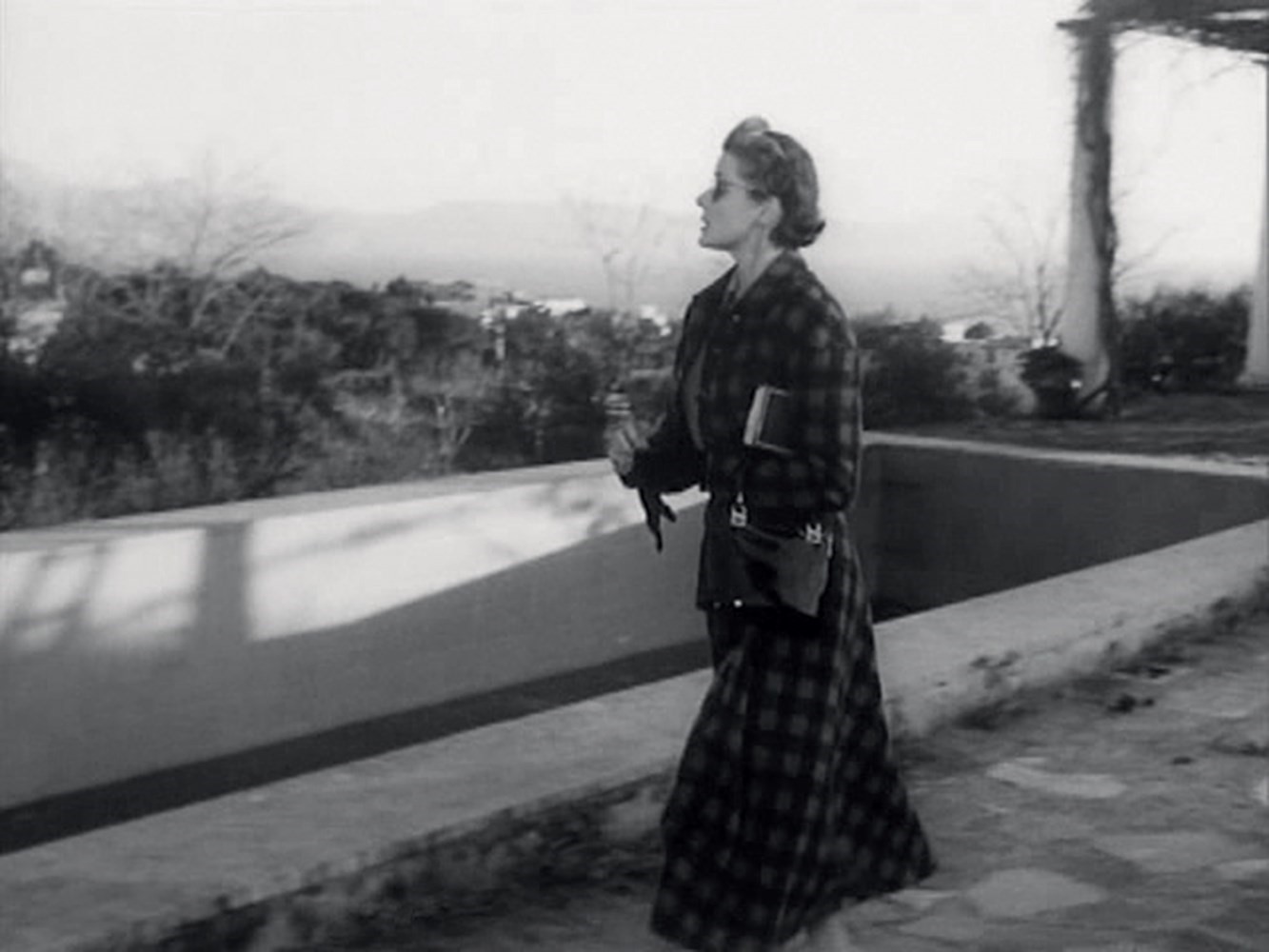
Ingrid Bergman in Journey to Italy
“This movie is a remake of La Piscine in theory, but in reality it’s a homage to Roberto Rossellini’s 1954 film, Journey to Italy, with Ingrid Bergman. Bergman was a real diva, and we wanted Marianne to be as much of a diva. She was also an alien. She came from Sweden, went to Hollywood, moved to Italy, married an Italian director (Rossellini), went back to Sweden, and back to Hollywood again. There was something so strong about her. I wanted to continue the conversation with Raf Simons that we had started in my previous film, I Am Love.
I like the way the Raf DNA has mutated from his own collection of menswear, inspired by punk, to the amazing experience he brought to Jil Sander, to the really striking sense of the future that he’s now bringing to Dior. We wanted to see that mutation in Marianne Lane, and we took inspiration from Bergman’s checked, two-piece outfit in Journey to Italy. Raf came up with the idea of keeping the same silhouette, but subverting the checkered print, so it looked twisted – the Rossellini outfit is straight. With just a little detail like that, you see how a woman transforms from ordered 50s wife to a rock star – and how the 50s become the early 2000s. When people think fashion is just the surface of things, I disagree, very politely. Raf created something so powerful, meaningful, with so many layers, in a detail.”
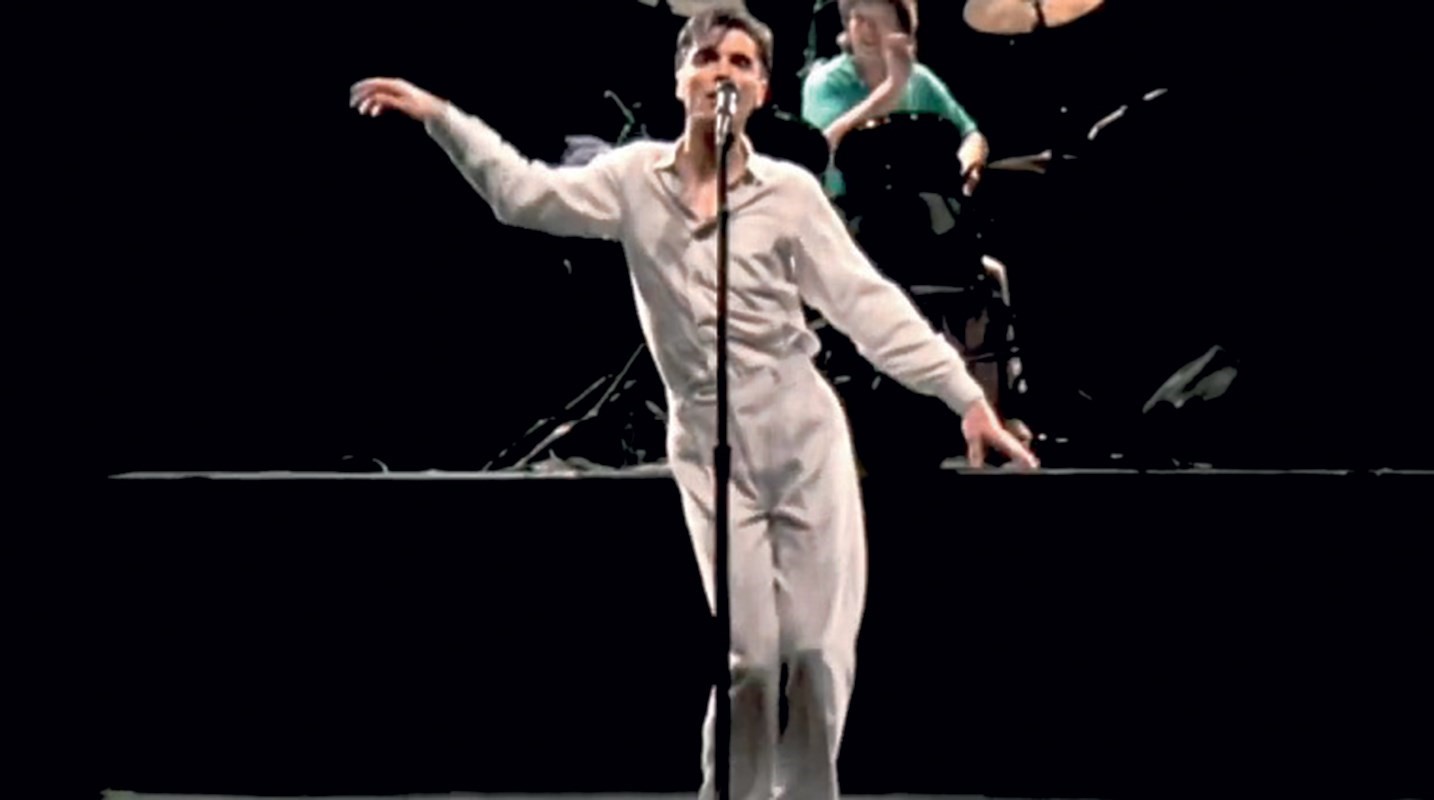
Jonathan Demme
“Jonathan Demme’s films are always with me. I love him. Those who know Demme’s films will recognise shots, behaviour, and colours in my film. There’s one moment in A Bigger Splash when Ralph Fiennes as Harry dances to a record, Emotional Rescue by the Rolling Stones, which comes from many Demme films, where he makes his characters really feel the music on screen. His short film, Subway Car from Hell in the TV production, Subway Stories, has an amazing dance moment. Or the fabulous dance to The Feelies in Something Wild with Jeff Daniels and Melanie Griffith. And of course Stop Making Sense, the film about Talking Heads. I’ve only met Jonathan once – I introduced him to a crowd of cinephiles in Milan at a master class, and it was one of the greatest achievements of my life. If it’s tiring to make films, and sometimes you wish you didn’t do it because you just want some quiet, that master class with Demme was my reward. I’m a happy man.”
The story first appeared in the Autumn/Winter 2015 issue of AnOther Magazine.
